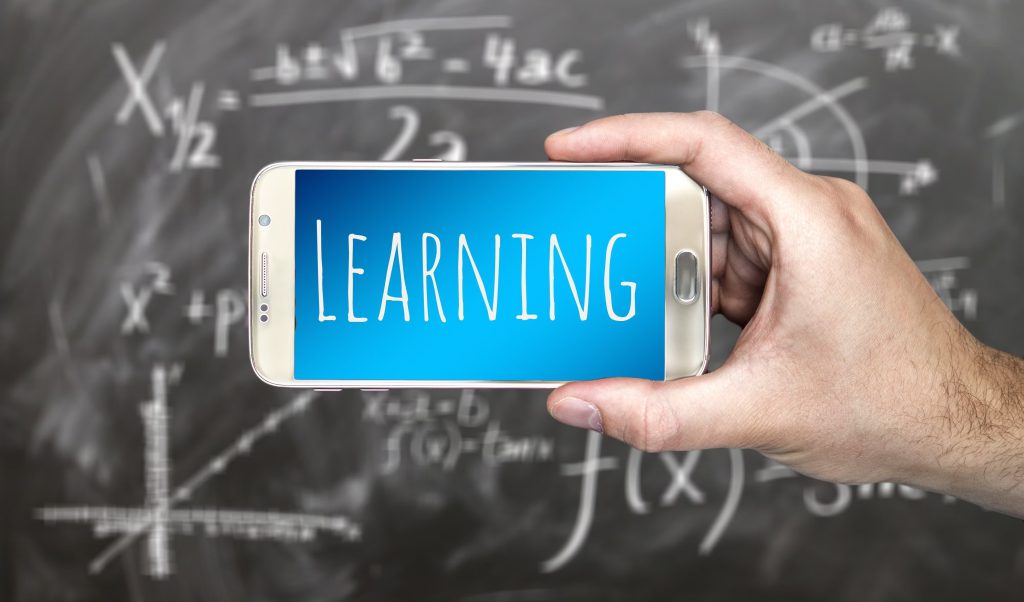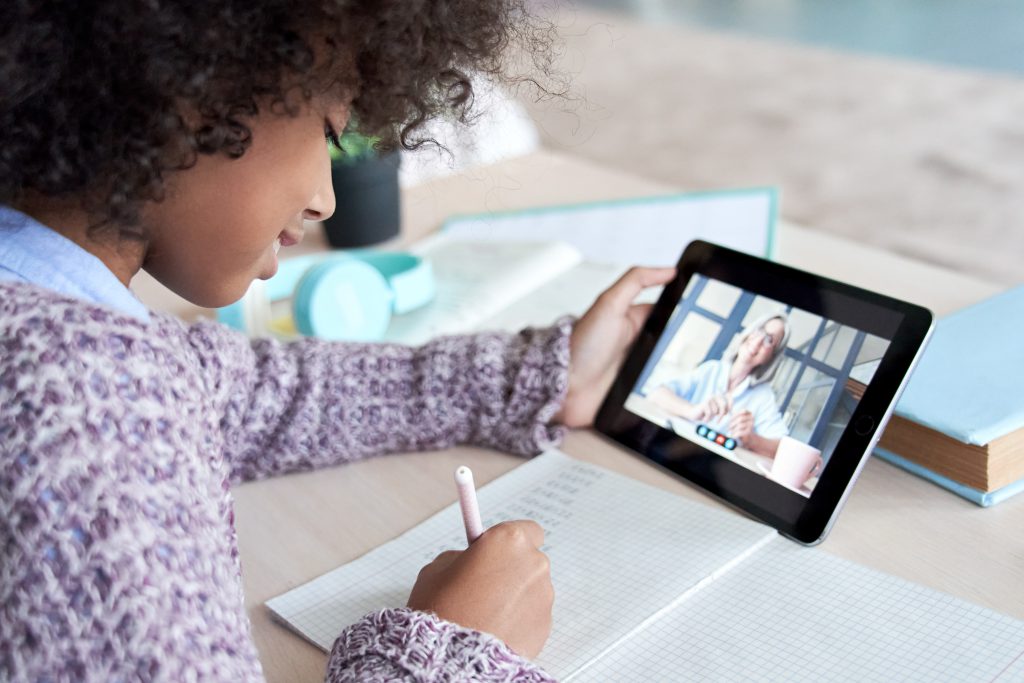Exploring the Use of Android in Education: How Can Students and Teachers Benefit?
In today’s digital age, technology plays a crucial role in education, offering new opportunities for both students and teachers to enhance learning experiences. With the widespread availability of Android devices, such as smartphones and tablets, educators are exploring innovative ways to integrate Android technology into the classroom. Let’s explore how students and teachers can benefit from the use of Android in education.
Enhanced Accessibility and Flexibility
One of the key benefits of using Android in education is enhanced accessibility and flexibility. Android devices are portable, affordable, and versatile, making them accessible to students from all backgrounds. Whether it’s accessing educational apps, conducting research online, or collaborating on group projects, Android devices provide students with the flexibility to learn anytime, anywhere.
Interactive Learning Experiences
Android apps offer a wide range of interactive learning experiences that engage students and cater to diverse learning styles. From educational games and simulations to virtual field trips and multimedia presentations, Android apps provide opportunities for hands-on learning and exploration. Teachers can leverage these interactive tools to create dynamic and engaging lessons that captivate students’ interest and foster active participation in the learning process.
Personalized Learning Opportunities
Android devices support personalized learning experiences tailored to individual student needs and preferences. With access to a variety of educational apps, students can engage in self-paced learning, receive personalized feedback, and track their progress over time. Teachers can use data from Android apps to identify students’ strengths and areas for improvement, allowing for targeted interventions and personalized instruction.

Collaborative Learning Environments
Android devices facilitate collaborative learning environments where students can work together on projects, share ideas, and collaborate in real-time. Whether it’s collaborating on documents using Google Drive, participating in virtual discussions through messaging apps, or sharing multimedia presentations, Android devices enable seamless collaboration among students, fostering teamwork and communication skills.
Digital Content Creation
Android devices empower students to become creators of digital content, allowing them to express their creativity and demonstrate their learning in meaningful ways. Whether it’s creating multimedia presentations, recording podcasts, or producing videos, students can use Android apps to showcase their understanding of concepts and topics. Teachers can encourage students to explore different multimedia tools and platforms to unleash their creativity and enhance their digital literacy skills.
Accessibility Features for Diverse Learners
Android devices offer a range of accessibility features that support diverse learners with different abilities and learning needs. From screen readers and voice commands to magnification gestures and closed captioning, Android devices provide tools and accommodations to ensure that all students can access and engage with educational content. Teachers can leverage these accessibility features to create inclusive learning environments where every student has the opportunity to succeed.
Professional Development Opportunities for Teachers
In addition to benefiting students, Android technology also provides professional development opportunities for teachers to enhance their instructional practices and technology integration skills. Teachers can participate in online courses, webinars, and workshops to learn how to effectively integrate Android devices and apps into their teaching strategies. By staying informed about the latest educational technology trends and best practices, teachers can continue to grow and evolve as educators.
Parental Engagement and Communication
Android devices facilitate communication and engagement between teachers, students, and parents, strengthening the home-school connection. Through messaging apps, email, and parent portals, teachers can easily communicate with parents about students’ progress, assignments, and upcoming events. Parents can also use Android devices to stay informed about their child’s education, monitor their academic performance, and provide support and encouragement from home.

Empowering the Future of Education
As technology continues to evolve, Android devices will play an increasingly important role in shaping the future of education. By harnessing the power of Android technology, students and teachers can benefit from enhanced accessibility, personalized learning experiences, collaborative environments, and innovative teaching tools. With the right resources and support, Android technology has the potential to empower the next generation of learners and transform education for years to come.
